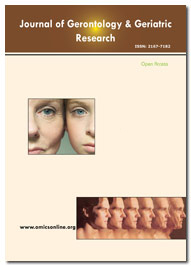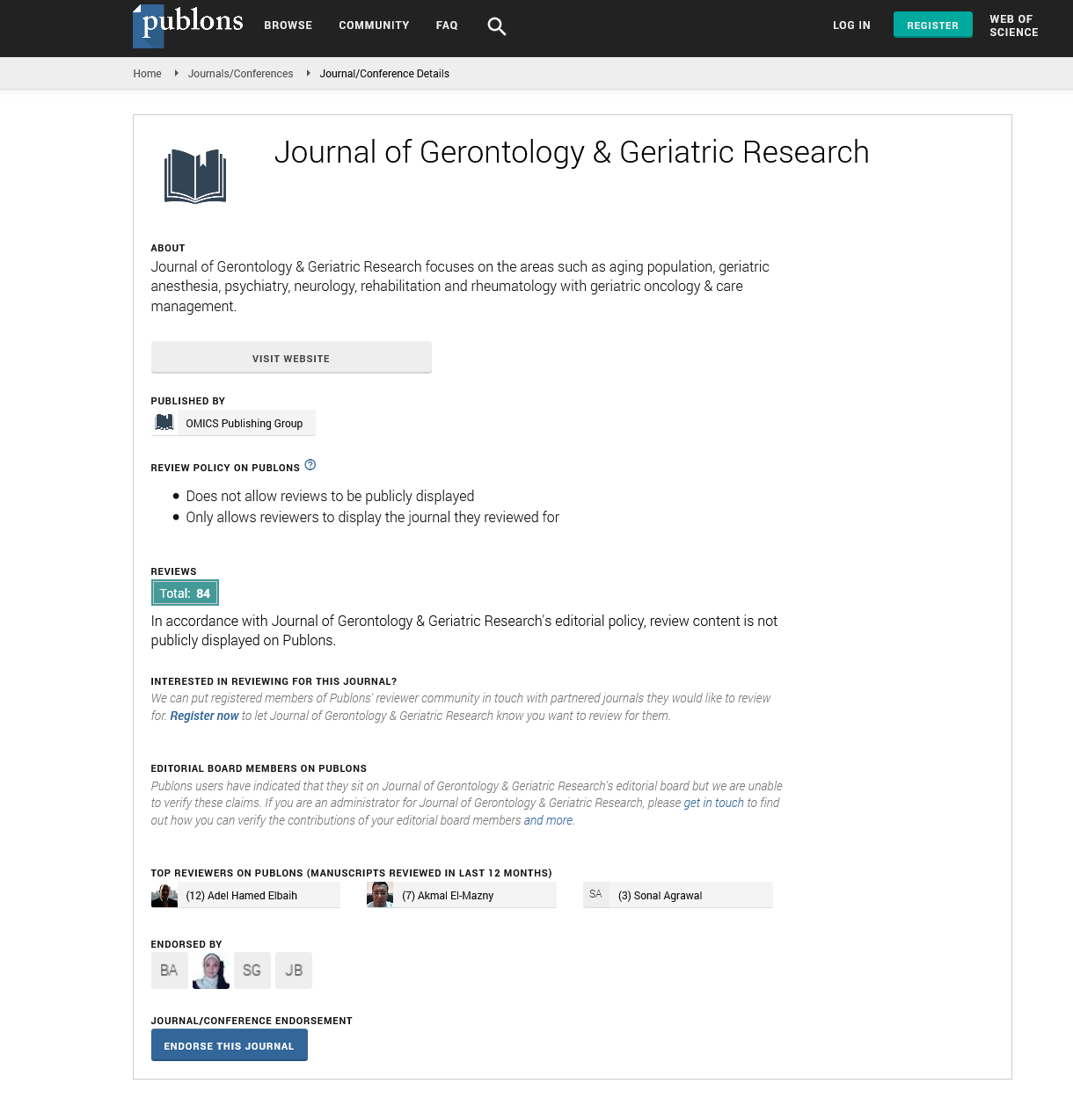Indexed In
- Open J Gate
- Genamics JournalSeek
- SafetyLit
- RefSeek
- Hamdard University
- EBSCO A-Z
- OCLC- WorldCat
- Publons
- Geneva Foundation for Medical Education and Research
- Euro Pub
- Google Scholar
Useful Links
Share This Page
Journal Flyer

Open Access Journals
- Agri and Aquaculture
- Biochemistry
- Bioinformatics & Systems Biology
- Business & Management
- Chemistry
- Clinical Sciences
- Engineering
- Food & Nutrition
- General Science
- Genetics & Molecular Biology
- Immunology & Microbiology
- Medical Sciences
- Neuroscience & Psychology
- Nursing & Health Care
- Pharmaceutical Sciences
EVACUATION PLANNING TO REDUCE RESIDENT STRESS FOR SENIOR ADULTS
4th International Conference on Geriatrics & Gerontological Nursing
October 3-4, 2016 | London, UK
Sally Curtis Sharp
Fielding Graduate University, USA
Posters & Accepted Abstracts: J Gerontol Geriat Res
Abstract:
Evacuation plans are a required element of generalized disaster planning for residential facilities, but do not address the issues of keeping nursing home residents safe in a natural disaster. Many nursing homes do not have emergency plans in place that meet federal guidelines, regardless of the recommendations found in literature. A review of current emergency plan development and the implementation of emergency plans during Hurricane Katrina are presented. The complications that resulted during that evacuation are presented along with suggestions for future natural disasters. A primary element of developing a national model for nursing home evacuations involves using systems already in place and refining those systems to be accessed during evaluations. For a majority of nursing home administrative directors, resident medical conditions, including mobility issues, visual and auditory difficulties, and cognitive impairments influence the decision to evacuate. A national model for evacuation plans would not only keep evacuation routes to appropriate facilities viable, but also medical concerns of the residents up to date. Logistical issues concerning what residents are able to do for themselves and what residents need additional assistance to accomplish would be pre-identified. Further, accessible medical information ensures that care does not stall because the resident cannot remember current diagnoses or medications. Either in the form of a regional database, or as digital medical dog tags, medical providers would know how to accurately treat a patient transported out of the local area during a disaster.

